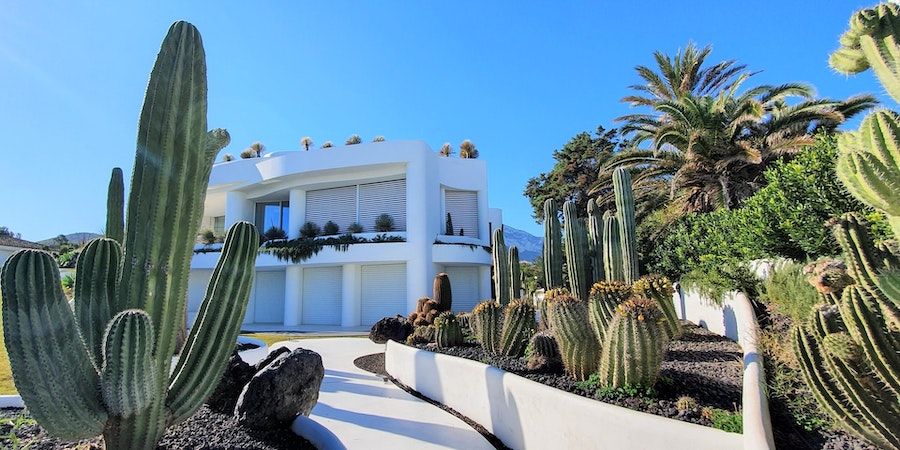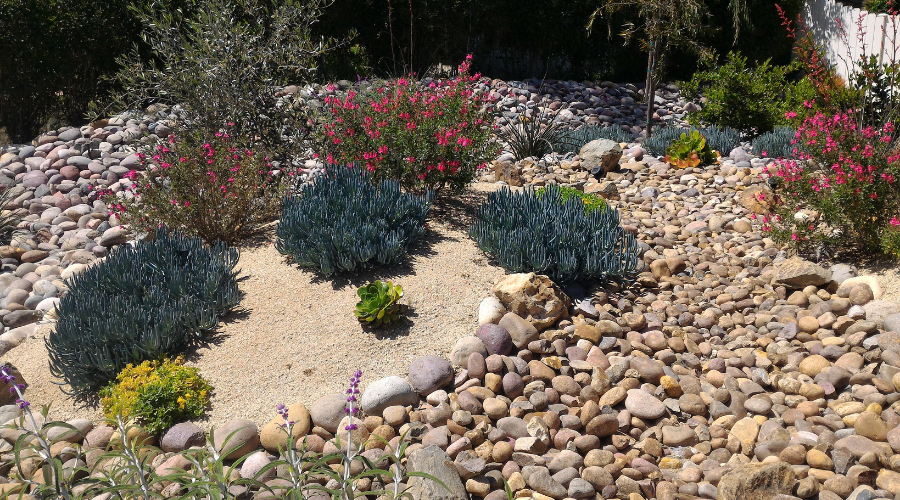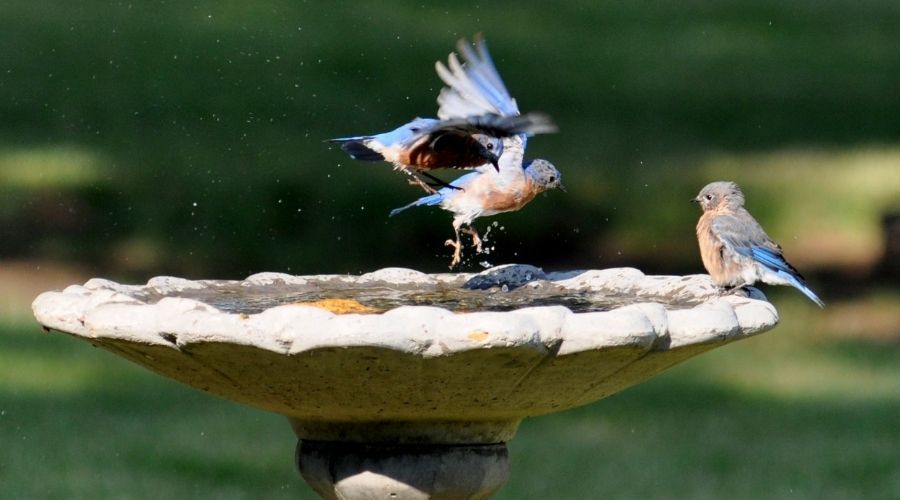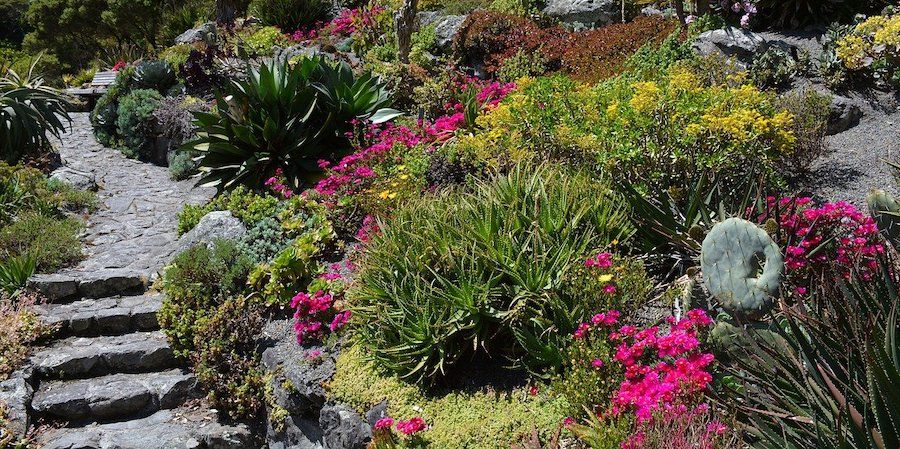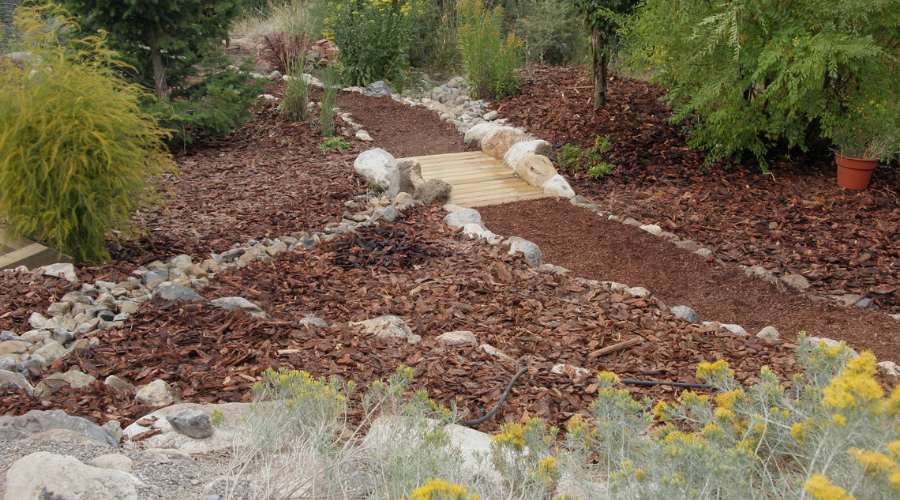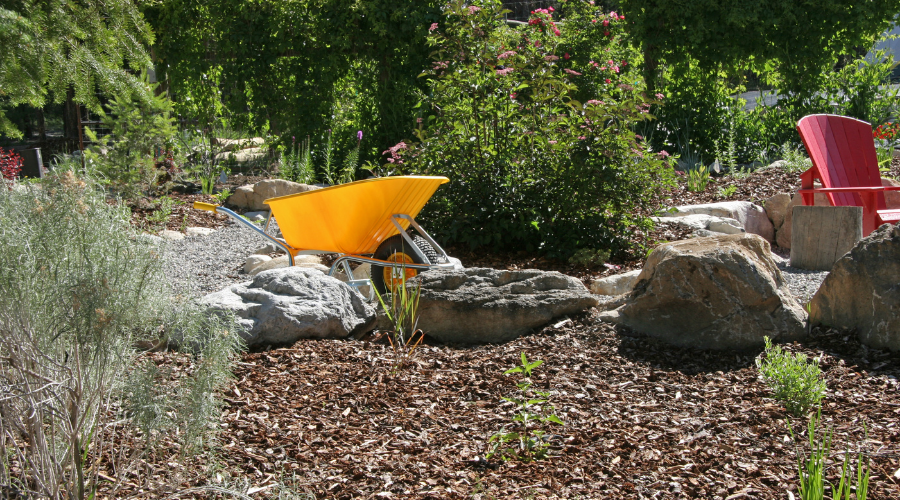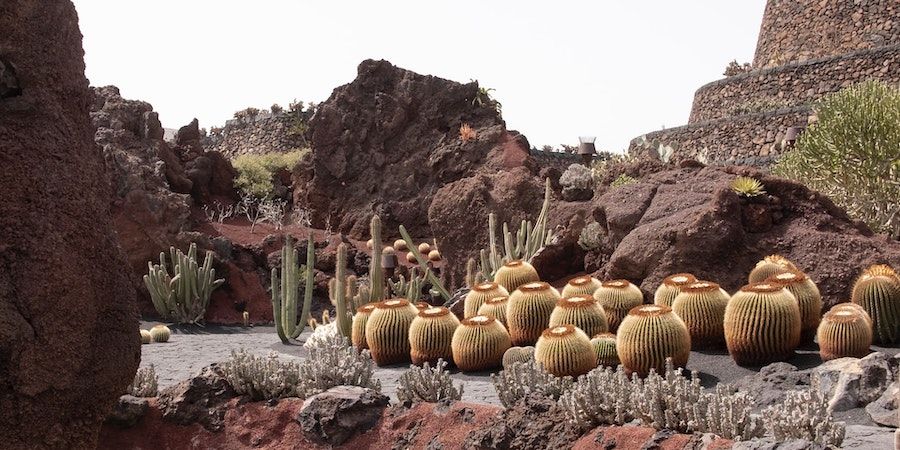You may have heard of xeriscaping, the low maintenance, water-wise method for landscape design. As potable water becomes more scarce in the future, you’re likely to see plenty more xeriscaping taking place in your neighborhood.
The great thing is that xeriscaping for beginners doesn’t have to be as intimidating as it sounds. Not with Backyard Boss on your team, anyway. Before you make a decision, let’s take a look at some xeriscape pros and cons.
Xeriscaping Is Good For…
Water Scarce Areas
Image credits: sweetlouise via Pixabay
The whole idea behind xeriscaping is that once it’s established, it’s low maintenance, water-wise way of maintaining a garden.
The idea is to choose native plants that have already adapted to your specific climate. That way, once they’re established, the majority of the maintenance falls away.
Where native plants aren’t used there’s a strong emphasis on succulent plants that don’t need much water. For this reason, huge, grass lawns are not used in xeriscaping.
Low Maintenance Gardens
Image credits: remedypic via Canva
Some people, like myself, love gardening. I could spend hours in the garden pottering away and love every second.
Other folks are not keen on gardening and see garden maintenance as a cumbersome chore. And that’s fine too! But it doesn’t mean that these people can’t have a nice garden.
If this is you, then xeriscaping could be a good solution to your conundrum. Sure, it takes a bit of work to put together, but that’s true of any garden. Once your plants are planted, and they’ve had some time to establish themselves, the necessary maintenance begins to fall away.
Your plants will settle in and require less watering. Your ground covers will spread and suppress any weed growth, and a whole ecosystem will begin to establish itself in your yard. Once this happens, the garden takes care of itself, and all you have to do is enjoy it.
Reducing Your Water Bill
Image credits: SBVguenter via Pixabay
Think about how often and how much you need to water your lawn. Probably quite a lot. If you’re watering your lawn regularly, chances are that that contributes to a large chunk of your water bill every month.
Now imagine you stopped watering your lawn today. I’m sure you’ll get a pleasant surprise with your next water bill.
The point is, if you xeriscape your yard, you won’t have to water nearly as often as you would a regular lawn. And that will save you money.
Reducing Your Environmental Impact
Image credits: Lynn Peiffer via Unsplash
Using the comparison of lawns again, they take a lot of resources to stay in tip-top shape. Besides the watering, there’s also all the fertilizing. There’s the regular mowing with (probably) a gas lawnmower, plus all the time you spend maintaining a huge patch of grass.
With xeriscaping, the amount of resources necessary is greatly reduced. And the amount needed will continue to drop as your xeriscaped garden matures.
The Birds And The Bees
Image Credit: LYounghhs on Canva
The diversity of plants leads to a diversity of insect and animal life. That’s just the way nature works.
So if you have a wonderfully diverse xeriscaped yard with a plethora of native and water-wise plants, chances are you’ll have a variety of little critters stopping by for a visit.
If you watch birds around a lawn, you’ll see most of them fly straight on without a second look. If you watch birds around a diverse garden, you’ll see them spending hours perching, preening, feeding, and resting.
Which one sounds more appealing to you?
Aesthetics
Image credits: anncapictures via Pixabay
This one is subjective due to beauty being in the eye of the beholder and all that.
But I’m a firm believer that a xeriscaped landscape looks eons better than a perfectly manicured lawn. The diversity of plants jostling for space and light, the pollinators busy at work in the beautiful flowers, a lazy lizard, sunning their cold blood on a rock.
To me, this is way more aesthetically pleasing than a huge expanse of perfectly uniform green.
Xeriscaping Is Bad For…
The Initial Set-Up
Image credits: Solidago via Canva
There are no two ways around it. Setting up a xeriscaped landscape is a lot of work. The amount of work depends on what you’re starting with, but it’s a lot of work either way.
If you're converting a lawn, you'll probably have to put down landscape fabric to prevent the grass from bouncing back. Depending on the size of your yard, that could end up being a whole lot of landscape fabric. This, of course, adds to the material cost of the project because landscape fabric isn't cheap.
This work will drastically reduce over time, but to get there you have to put in some hours first.
Those Who Like Lawns
Image credits: Edward Hart via Unsplash
Lawns are so popular for a reason. They’re a great place to have a picnic, lounge about in the sun, or for children or dogs to play. They’re also a great place for budding sportspeople to practice their craft.
If a big lawn is necessary for your lifestyle, then xeriscaping isn’t for you.
Cleaning Up
Image credits: Solidago via Canva
If you like a yard clear of vegetation, with no leaves, grass, or organic matter lying around, you’ll have a hard time with a xeriscape.
The ground in a xeriscape is often covered with sand, rocks, gravel, mulch, or other inorganic mulch that doesn’t require watering. In fact, covering any bare soil with organic mulch, like wood chips, is encouraged to prevent any weed seeds from sprouting.
The problem is, that stuff is hard to rake. So keeping it clear of vegetation will be tricky.
Those Who Don’t Enjoy Planning
Image credits: alevision.co via Unsplash
If you don’t plan your xeriscape meticulously and thoroughly from the beginning, you’re going to be haunted by design issues for a long time.
As well as a planting plan, you need to plan for the growth of the plants as well. Most (not all) water-wise plants thrive in full sun. So if you have a bunch of plants that are going to grow tall, it’s likely they’ll shade out other plants around them. Proper planning could avoid this.
Final Words
There are plenty of both pros and cons when it comes to xeriscaping. It’s a great option in many situations, but it’s not for everybody. It’s a good idea to consider all the angles, which this post will help before you decide to go the xeriscaping route.
What do you think? Are you a fan of xeriscaping? Comment below and let us know.

